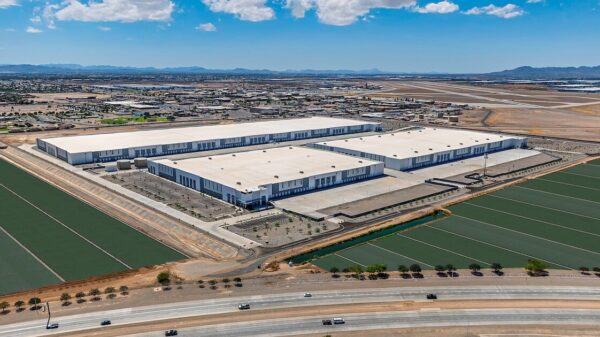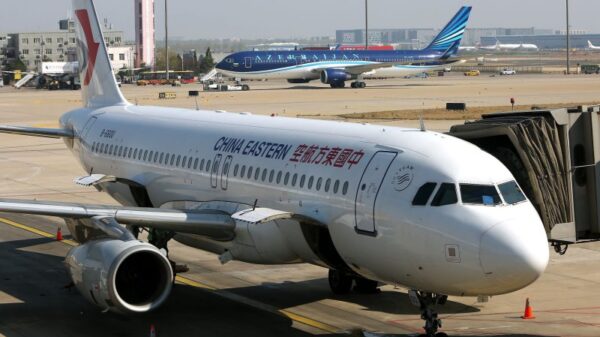URGENT UPDATE: Costs of lunch breaks are skyrocketing, forcing many workers to skip meals entirely to cope with soaring prices. A new report from ezCater reveals that the average weekly spending on work lunches has surged to $108.68, a dramatic increase of 23% compared to last year.
As inflation impacts everyday expenses, employees are increasingly feeling the pinch. The report, based on a survey of 1,000 full-time US workers conducted in June 2025, shows that nearly 1 in 5 employees are intentionally skipping their lunch breaks to save money. With the average worker buying lunch 2.6 times per week, spending approximately $34.82 on meals outside, the financial strain is palpable.
The implications are severe. Robert Kaskel, VP of People at ezCater, stated, “Our data shows that hangry workers are bad for business: 43% take longer to complete tasks, 38% report being blunt with colleagues, and 25% avoid interacting with their peers.” Skipping meals not only affects productivity; it also raises stress levels among employees, particularly among younger generations like millennials and Gen Z.
Shockingly, Gen Z workers are 110% more likely than older colleagues to feel guilty about taking their lunch breaks. This “lunch guilt” signals a troubling trend in workplace culture, where efficiency is prioritized over well-being. Kaskel warns, “When your youngest employees feel guilty about taking their lunch break, it’s a big red flag.”
The situation is dire, as many employees are sacrificing their health for short-term productivity gains. A 2021 study published in the Journal of Pharmaceutical Research International indicates that regular lunch breaks are essential for preventing absenteeism and enhancing job satisfaction.
As lunch becomes a luxury some can’t afford, the ramifications for workplace morale and productivity are significant. If the modern workforce continues to run on empty, businesses may face a burnout crisis that affects overall performance.
What’s Next? Leaders in the business community must address this alarming trend. As lunch costs continue to rise, it’s crucial to cultivate a workplace environment that encourages employees to prioritize their health and well-being. The future of productivity may well depend on how organizations respond to this growing issue.
Stay tuned for updates as we follow this developing story on the impact of rising lunch prices on the workforce.





































































